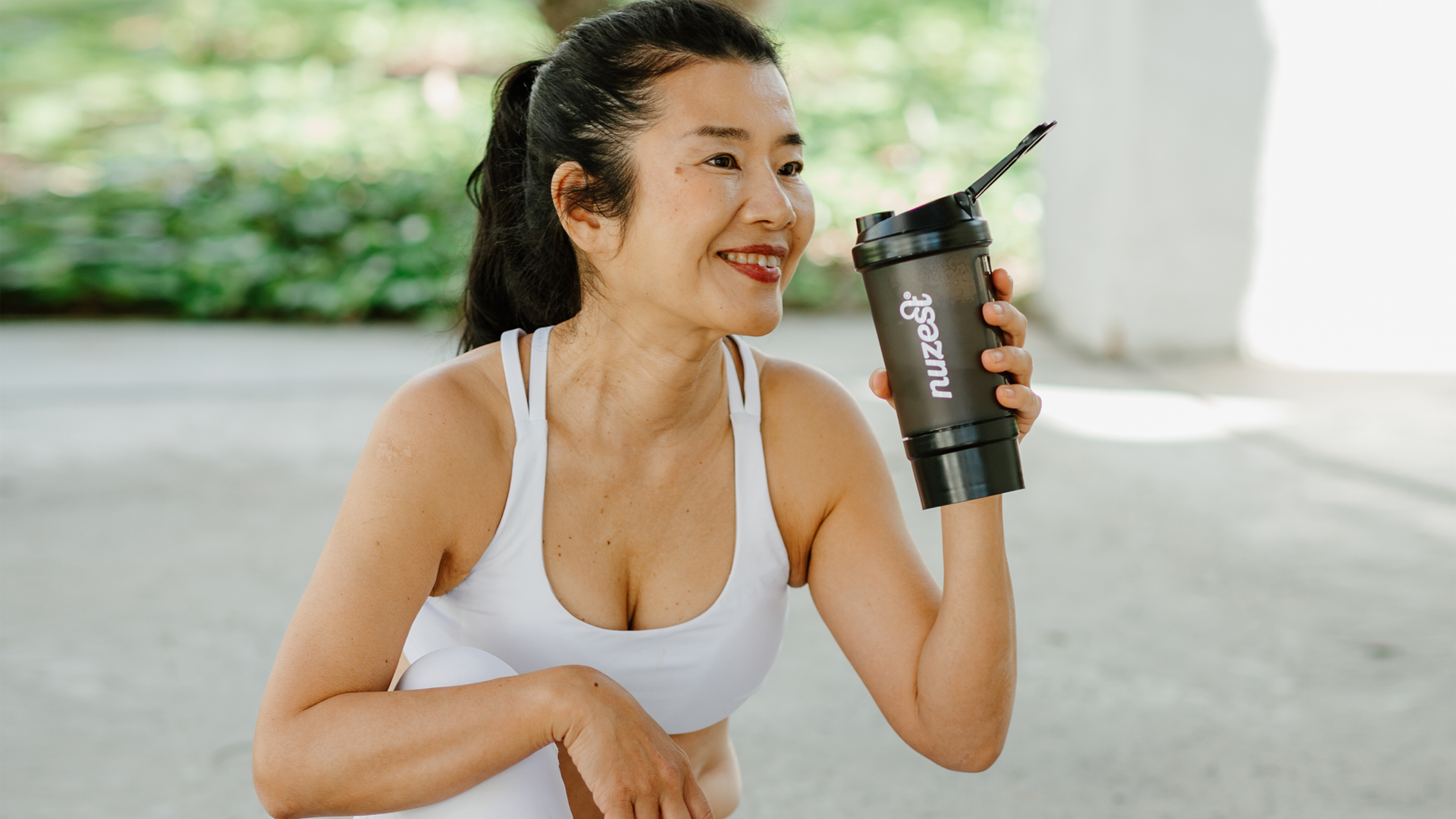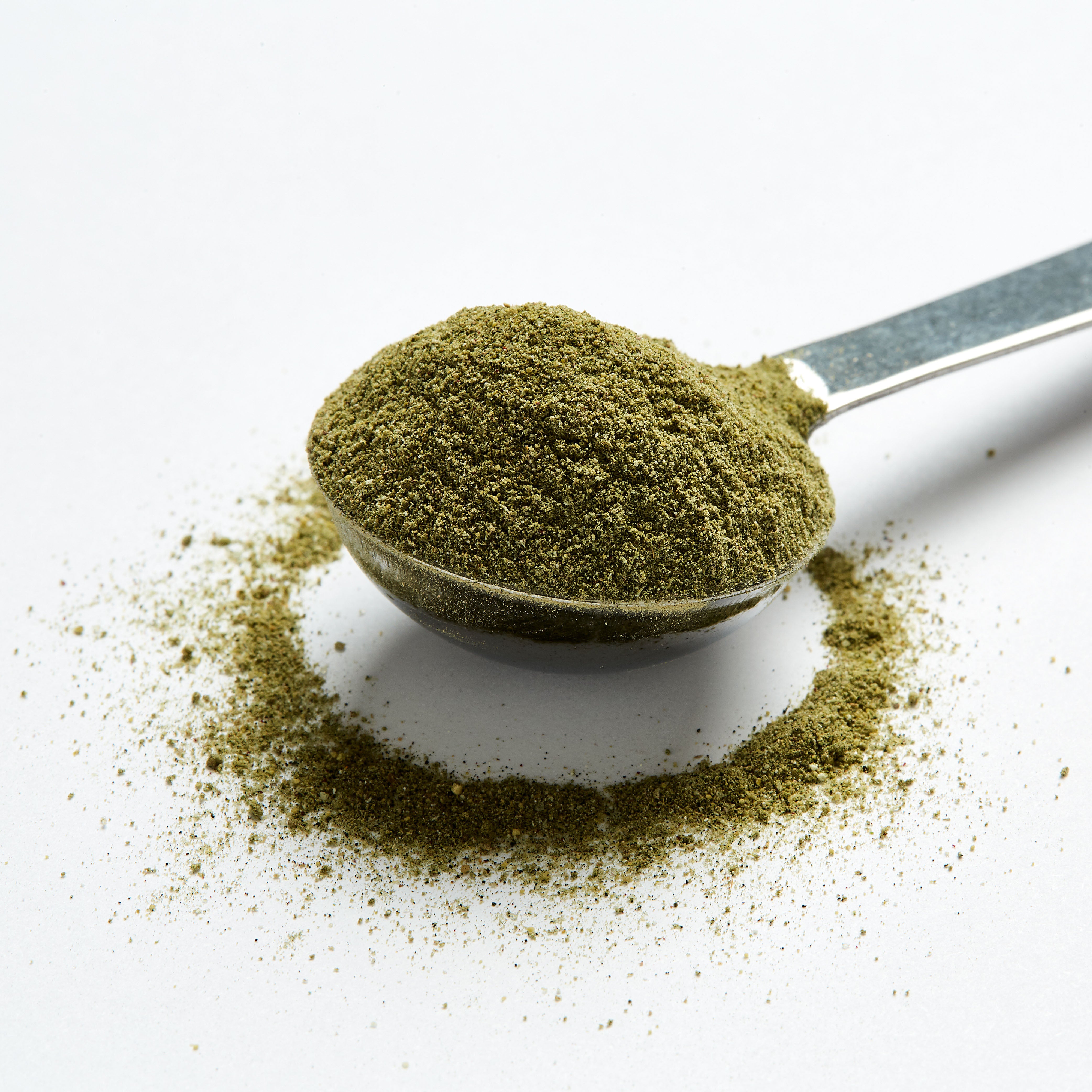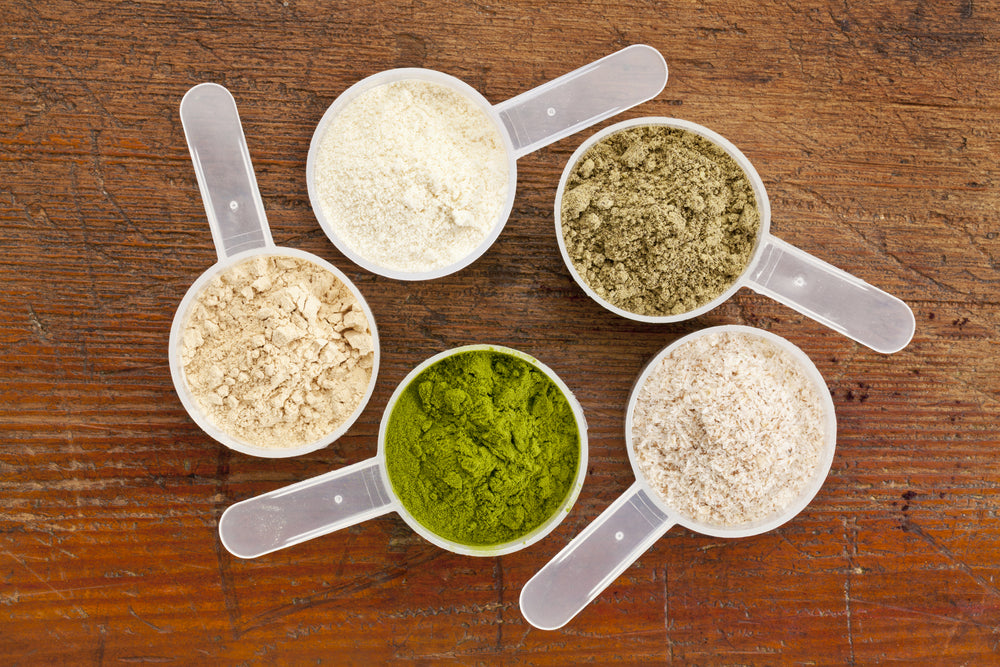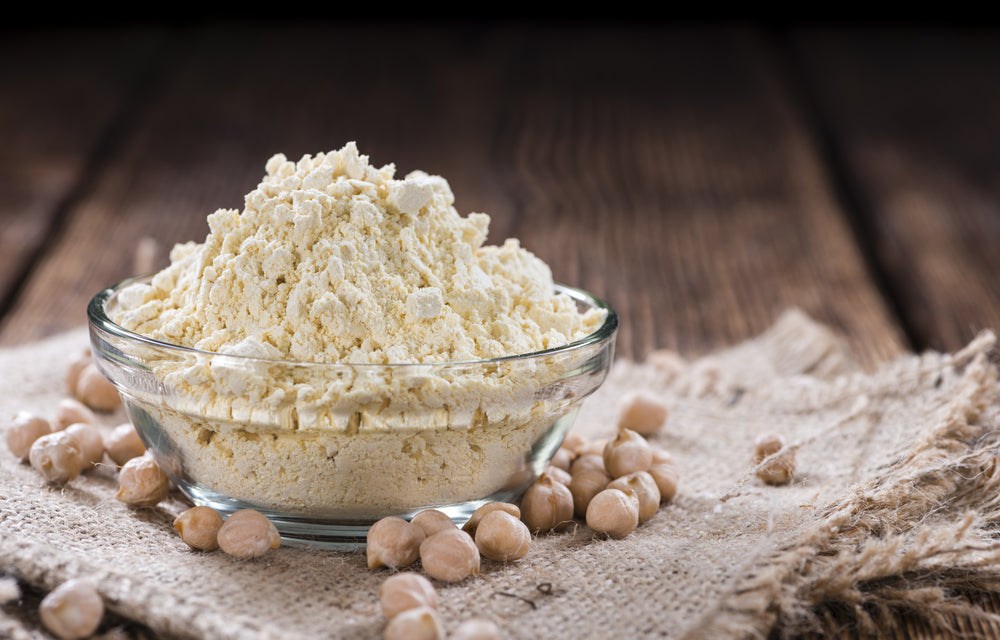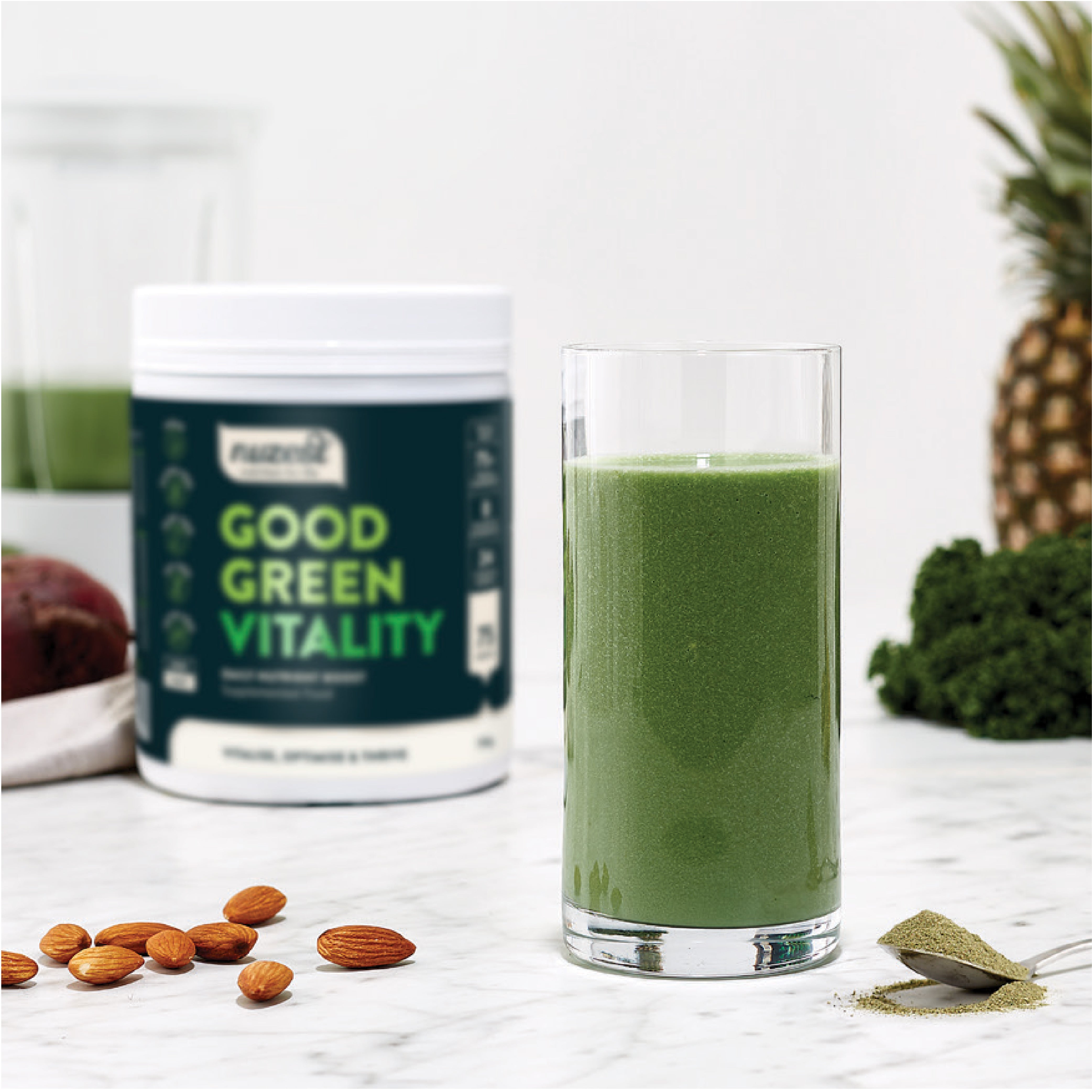
Amy Butler
Nutritionist
Our nutritional needs vary according to which stage of life we are in; from birth to adulthood, changes in growth and development, puberty, increasing activity, learning and some health conditions can all raise the requirement for certain micronutrients (vitamins and minerals) and macronutrients (protein, carbohydrate and fat). If your child has a health condition affecting their nutritional needs, her paediatrician can refer you to a registered dietitian for more specific advice.
0-6 months
At this age, baby girls should be getting all the nutrients they need from breastmilk and/or formula. Animal and plant milks are not a suitable source of nutrition for infants; if a cow’s milk protein allergy (CMPA) is suspected in a formula-fed child, soy or hydrolysed formulas are available.
Though some doctors and paediatricians may advise that you can begin solid foods between four and six months, most dietitians recommend that you wait until at least six months, unless there is a medical need.
The signs that your baby is ready to start solids include:
- She can sit unsupported
- She shows an interest in the food you eat
- She has lost the tongue-thrust reflex
Ensure you have read about safe feeding practices and know the difference between gagging and choking to give you more confidence when starting to feed your baby solid foods.
6 months – 3 years
This is a period of rapid growth and development when requirements for both micronutrients and macronutrients are higher, on a per kilogram of bodyweight basis, than at any other time of life. (PCRM) Compared to adults, children up to the age of three need more total energy (i.e. kilojoules), protein and unsaturated fat per kilogram of bodyweight; they also have a higher need for water due to sweating less, and this need is increased further in times of fever, diarrhoea or extreme heat. (PCRM) After six months, babies have an increased need for iron which is often not adequately met by formula or breastmilk – serve an iron rich food (strips of meat, mashed beans and lentils or seeds like chia and hemp) with each meal to ensure she has plenty of opportunities to top up on her iron intake.
Good sources of protein and unsaturated fat for babies and toddlers include eggs (for young babies, serve scrambled or boiled and mashed on strips of toast, toddlers often find it fun to dip toast strips into a soft boiled egg), chia seeds (encourage your toddler to get involved by sprinkling the seeds on her food by herself!), oily fish like salmon and homemade hummus and pesto (increase omega-3 fats in hummus and pesto by replacing some of the olive oil with flaxseed or walnut oil).
Offering a varied diet, encouraging your children to eat intuitively and not forcing them to eat when they're full or restricting food when you think they’ve eaten too much should ensure that children meet their nutritional needs and set them up for a healthy relationship to food in later life, a particular concern in girls for whom eating disorders and dieting are a continuing problem.
3 years – puberty
This is a period of slower growth between the high growth periods of infancy/toddlerhood and puberty. For girls, puberty usually starts between about 9 and 11 years, but can happen earlier or later – this is just an average. Genetics, race and diet can all affect the timing of puberty in girls, with diets high in processed, high-fat (predominately trans and saturated fats) foods associated with an earlier onset of puberty; conversely, underfeeding and malnutrition are associated with delayed onset of puberty. (Soliman)
Continuing to feed a balanced and varied diet will support girls’ growth and development. Remember that a balanced diet does not mean that no processed foods or treats should be allowed! Moderation is key; to set our children up with the tools that will enable them to live a life free of restrictive food rules, modelling balance in food choices is a crucial step. Picky eating, common in toddlerhood, should begin to ease with children more open to trying new foods; for those in whom pickiness continues, a nutritional shake like Nuzest’s Kids Good Stuff – which contains a full spectrum of vitamins, minerals and other nutritional factors – can be added to their diet to fill any gaps.

Puberty and adolescence
This is the second of the high growth periods of childhood, and as such nutritional needs are increased to meet the demands of this growth spurt. While it is commonly understood that boys need to eat more during puberty and adolescence – the same is true of girls. While boys often need more total energy than girls, this is due only to a tendency for larger frames and higher muscle mass; the energy needed per pound of body weight is the same for boys and girls. During this time, girls should be strongly encouraged to eat to fullness, without restricting kilojoules or food groups, to ensure adequate nutrition to support growth. This is particularly important for girls who are athletic, participate in organised sports or practice dance or gymnastics, for whom nutritional needs are higher and there is often greater pressure to ‘shrink’ to or maintain a smaller size.
Though protein needs are higher during puberty, the body has an increased efficiency for utilisation of dietary protein, (Soliman) so while you should continue to ensure that your child is regularly offered protein as part of meals and snacks via meat, eggs, tofu, beans and lentils, fish or protein shakes like Nuzest’s Clean Lean Protein (these are great for a quick snack after sports!), it’s not necessary to overthink it.
A more common deficiency in Western diets is Iron. While deficiency severe enough to cause anaemia is less common, a subclinical (i.e. causing few or no obvious symptoms) lack of iron is not unusual, especially among girls who have a heavy menstrual period. Many of the protein sources noted above are also high in iron, with green leafy vegetables like spinach and broccoli, seeds like chia and hemp and nuts like cashews being other great additions to boost iron intake. Serve iron with a source of vitamin C, like citrus, kiwis and capsicums, and separate from tea and coffee to enhance absorption.
There is also an increased need for calcium, zinc and folate. (Soliman) Calcium can be found in dairy products (and fortified dairy alternatives), green leafy vegetables like kale and broccoli (but not spinach, which is low in calcium compared with other green vegetables) and edamame beans. Zinc is found in meat, shellfish (especially oysters), chickpeas and other beans, and nuts and seeds. Beans and lentils, green vegetables (especially dark green like spinach and kale, though asparagus is also a good source), eggs and beetroot are good sources of folate.

Late adolescence and early adulthood
Girls usually stop growing in height aged around 14 or 15, though weight is likely to continue to increase before stabilising at an appropriate adult weight for her height. During late adolescence, a woman’s nutritional needs are approximately the same as they will be for the remainder of her early adulthood until reaching menopause.
Key nutrients to focus on are iron and folate, for the same reasons they are important in early adolescence. Total energy needs may decrease depending on the level of activity – for many, high school includes a significantly higher amount of physical activity than is continued into adulthood, when work may include long periods of sedentary behaviour.
To mitigate the risk of osteoporosis (a disease overwhelmingly affecting women, who account for 80% of cases) post-menopause, it’s important to maintain bone mineral density throughout adulthood; this can be achieved through regular resistance training and ensuring adequate intake of calcium, vitamin D and vitamin K. Vitamin D is made by our skin from sunlight – be sure to follow safe sun practices! – but is also found in fatty fish, egg yolks and mushrooms. Vitamin K is found in highest amounts in dark green vegetables, like kale, spinach and chard, but is also in brassicas (broccoli, cauliflower, cabbage and brussels sprouts), meat, kiwi avocado and cheese. Sources of calcium can be found in the section above.
By the age of 14, girls should have graduated from Kids Good Stuff to the adult formula, Good Green Vitality to meet their daily nutritional needs. Good Green Vitality contains enough vitamin C, vegan vitamin D3, vitamin K, zinc, folate and calcium to meet or exceed their RDI, along with a whole host of other vitamins, minerals and other nutrients to support health.
The takeaway
It might seem overwhelming to think about all the nutrients that your girls need at different stages of life and development, but it doesn’t have to be stressful. By following healthy eating guidelines, including a rainbow of fruits and veggies each week, offering morning and afternoon tea as well as regular meal times, and placing some trust in them to eat to fullness, it should not be difficult for them to get everything their bodies need. If you have concerns, you could speak to her doctor about a suitable single or multivitamin supplement.
References
1. Physicians Committee for Responsible Medicine. Nutrition guide for clinicians.
2. Soliman A, De Sanctis V, Elalaily R. Nutrition and pubertal development. Indian J Endocrinol Metab 2014;18(Suppl 1):S39-S47.
Disclaimer: The information provided on Nuzest is for educational and informational purposes only. The information provided on this site is not, nor is it intended to be, a substitute for professional advice or care. Please speak to your qualified healthcare professional in the event that something you have read here raises questions or concerns regarding your health.
Kids Good Stuff
A great way to help your kids get all the nutrients they need to keep them happy and healthy from the inside out.



















